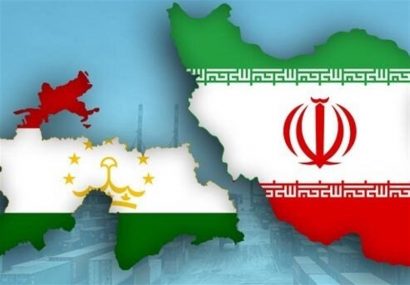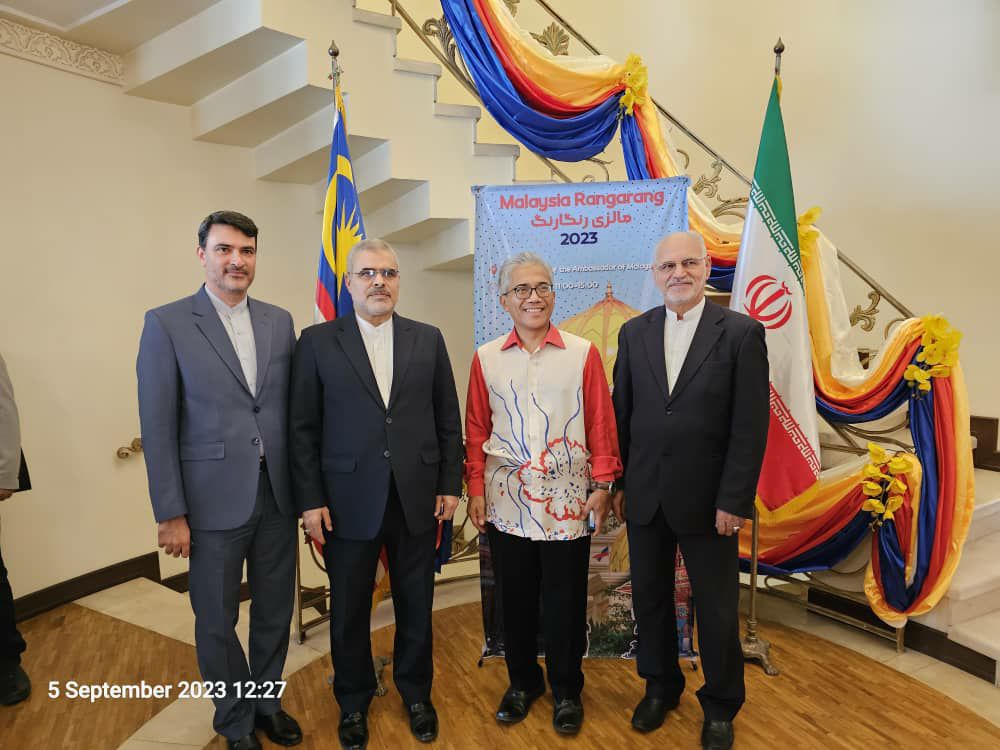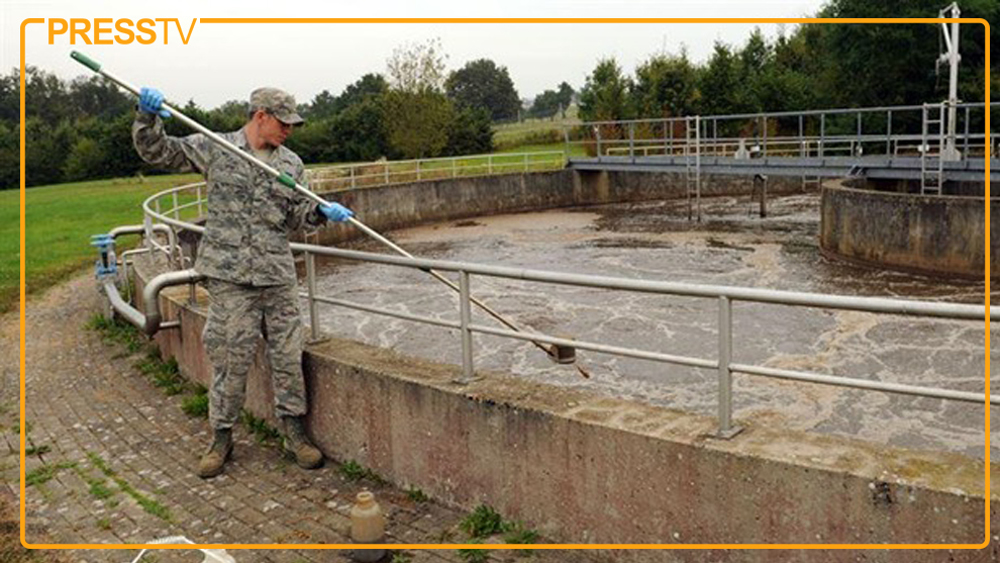Iran’s Competitive Edge in the Tajikistan Market Declines
TEHRAN (Iran News) Roshank emphasized that Iran-Tajikistan relations, which had weakened due to political challenges, began to improve shortly before the 13th presidential administration. Efforts under the current administration have significantly bolstered these ties, and an upcoming visit by the 14th administration could further strengthen political, economic, and cultural relations.
Key economic priorities for Iran-Tajikistan trade include signing a preferential trade agreement to boost Iranian businesses’ competitiveness in Tajikistan. Another crucial aspect is establishing a banking system between the two nations to streamline transactions. Additionally, cultural similarities between the two countries provide significant opportunities to promote tourism, particularly health tourism, as Iran has substantial potential to attract medical tourists from Tajikistan.
Roshank noted an issue with the existing visa agreement: while no visa is required for direct travel between Tehran and Dushanbe, other departure points in Iran or Tajikistan necessitate one. This oversight in the agreement, which names the cities instead of the countries, complicates travel. Efforts are underway to launch flights between Shiraz and Dushanbe to facilitate easier travel. Shiraz, with its frequent flights to Dubai, could also become a transit point for Tajik travelers heading to the UAE.
The annual trade volume between Iran and Tajikistan is approximately $300 million, significantly lower than the peak of $1 billion in the 1990s. Roshank highlighted that some Iranian traders route goods through Uzbekistan due to its free trade agreement with Tajikistan, leading to undervalued trade statistics between Iran and Tajikistan.
While Iran enjoys a trade surplus with Tajikistan, the latter’s primary exports, such as cotton, nuts, and aluminum, do not align with Iran’s import needs. Moreover, Tajikistan’s aluminum exports are exclusively tied to Russia.
High production costs in Iran and currency exchange obligations imposed on Iranian traders make it challenging to compete with countries offering cheaper goods. Domestic policies, rather than external factors, pose the most significant hurdles to trade with Tajikistan. Additionally, customs duties are a priority for Tajikistan’s government, meaning Iran must offer concessions for preferential trade agreements.
Roshank concluded by commending the Tajik ambassador’s efforts to engage with Iranian business leaders across cities. He expressed hope that Iran’s ambassador to Tajikistan would adopt a similarly proactive approach.
- source : IRAN NEWS ECONOMIC DESK






























